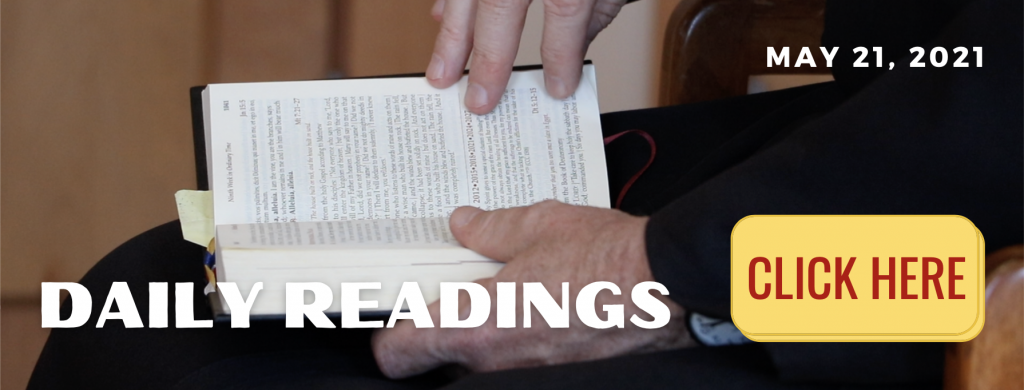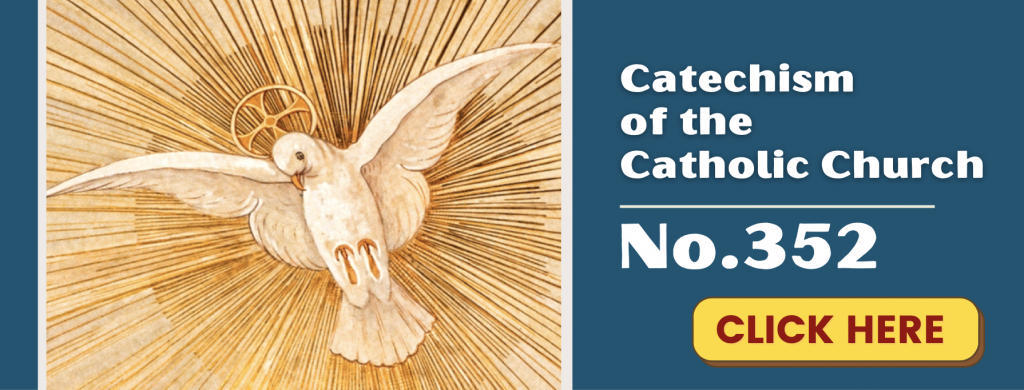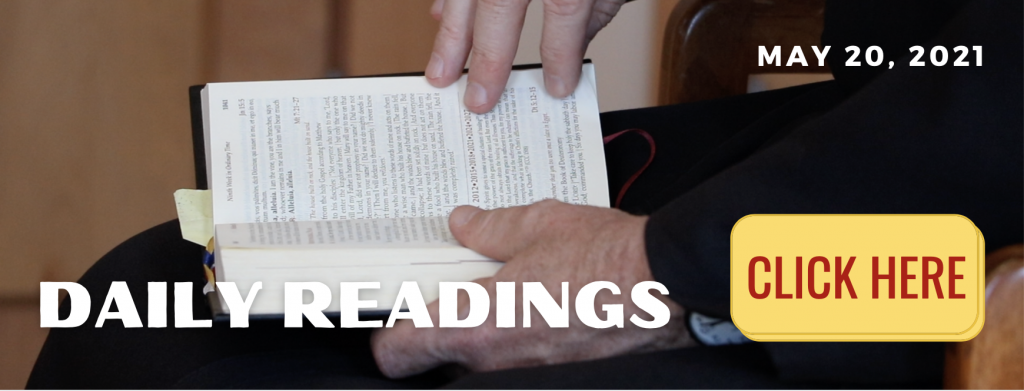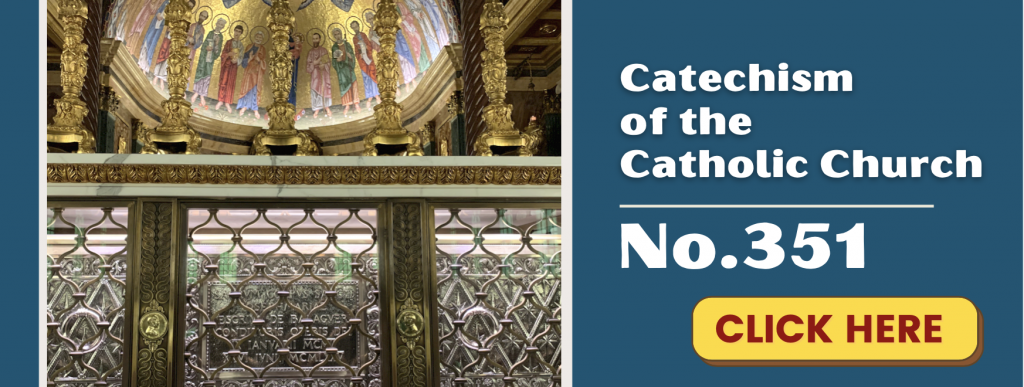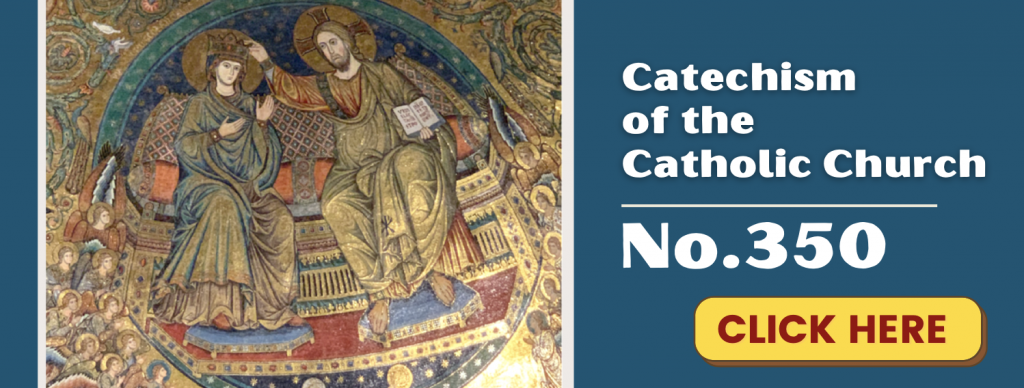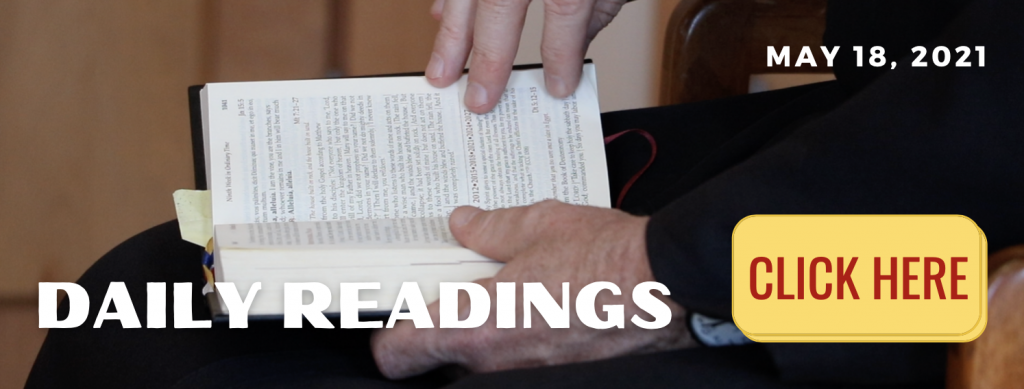
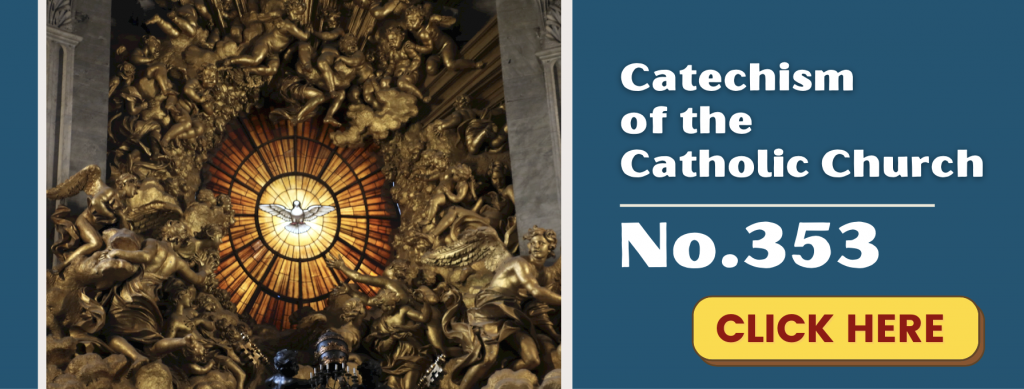

“For greater things you were born.” (Ven. Mother Luisita)
SATURDAY, May 22nd Jn. 21:20-25 “There are also many other things that Jesus did, but if these were to be described individually, I do not think the whole world could contain the books that would be written.”
- Saturday is the day we honor Mary: the Mother of God, the Mother of the Church, and our own dear Mother. Today let us pray over Mary and the Person of the Holy Spirit in honor of Pentecost Sunday tomorrow!
MARY AND THE PERSON OF THE HOLY SPIRIT by Fr. Ed Broom, OMV
Counselor and Consoler, Paraclete, Interior Master of the soul, Finger of God, Divine Architect, Sweet Guest of the soul, Faithful Friend, Gift of Gifts—all of these titles mentioned describe in different ways some aspect of the Third Person of the Most Blessed Trinity—the Holy Spirit.
MARY AND THE HOLY TRINITY. The Blessed Virgin Mary has a profound union with the Triune God—Father, Son, and Holy Spirit. In what way you might ask? The response is this. Mary is the Daughter of God the Father; Mary is the Mother of God the Son; Mary is the Mystical Spouse of the Holy Spirit. Mary’s union with the Three Divine Persons is very personal, intimate, and profound.
MARY AND THE HOLY SPIRIT. On one occasion, Cardinal Suenens was asked to celebrate a special outdoor Mass at Duquesne University for the Charismatics —a group known for their love and devotion to the Holy Spirit and His gifts, particularly His Charismatic Gifts. The outdoor stadium was packed to the gills. All were enthusiastic to participate in the Holy Sacrifice of the Mass. However, there was a serious problem. Hovering over those present, including Cardinal Suenens, a cloudy, darkened sky threatened rain which would not only dampen the celebration, but ruin it totally! In the event of a downpour, Mass in the open stadium would have to be cancelled. The Mass began and evolved into the Liturgy of the Word with a homily given by the Cardinal. One of the most salient points of his homily was related to Mary and the Holy Spirit. The Cardinal posed a rhetorical question: “Would you like to know the secret of deep union with the Holy Spirit?” All were listening attentively for the answer. The Cardinal proceeded: “The secret of deep union with the Holy Spirit is love and devotion to Mary!” As soon as he spoke these words, there was the flash of a white hot lightning bolt followed by a clap of thunder!!! Then, to the utter amazement of all present, the clouds disappeared and a brilliant sun shone down upon the stadium!
MARY AND THE PERSON OF THE HOLY SPIRIT. The message is as clear as the sun that beamed down on the stadium that day. If we truly desire a deep union with our Triune God, and particularly with the Third Person—the Holy Spirit, we must have true devotion to Mary, we must have a deep and loving relationship with Mary who indeed is the Daughter of God the Father, the Mother of God the Son, and the Mystical Spouse of the Holy Spirit.
THE THREE KEY MOMENTS OF MARY’S CONTACT WITH THE HOLY SPIRIT.
Due to God’s loving Divine Providence, from the very moment Mary entered into the world in the womb of her mother Saint Anne, during the whole of her life while on earth, until her last moment before being assumed into Heaven, Mary was endowed, permeated, and imbued with the Person of the Holy Spirit. However, there were three primary moments of intimate union that Mary experienced with this Sweet Guest of the Soul—the Holy Spirit of God.
FIRST, THE IMMACULATE CONCEPTION. From the first moment of her existence on earth, the Holy Spirit took full and total possession of Mary. In what way? We call it the Immaculate Conception. At the very moment that Mary was conceived in the womb of Saint Anne, her earthly Mother, the Holy Spirit was powerfully at work in her little body and soul. Indeed, it was the glorious working of the Holy Spirit that preserved Mary from all stain of Original Sin, and therefore, all the effects of original sin! As the English poet Wordsworth so accurately penned: Mary is our tainted nature’s solitary boast. By honoring Mary’s Immaculate Conception, due to the Holy Spirit’s Presence in Mary from the moment of her conception, we receive signal graces to fight the good fight and run the good race in our battles against the pernicious presence and reality of sin in our lives. May Our Lady and her Mystical Spouse, the Holy Spirit, help us to triumph over all forms of sin in our mortal bodies in preparation for our eternal life!
SECOND, THE VIRGINAL CONCEPTION. (Lk. 1:26-38) In the history of the world and in the economy of salvation, the moment in which the Virginal Conception took place transformed humanity and its destiny. The Virginal Conception is a result of the message of the Archangel Gabriel to the Blessed Virgin Mary in which God invited Mary to become the Mother of God. Giving her full and total consent, Mary said: “Behold, I am the handmaid of the Lord; let it be done to me according to your word.” (Lk.1:38)At that moment, Mary was overshadowed by the Holy Spirit and conceived Jesus in her most pure womb. And the Word became flesh and dwelt among us.” (Jn. 1:13) Therefore, both Mary’s Virginal Conception and the Incarnation of the Son of God were accomplished by the power and working of the Holy Spirit. Our Lady and her deep union with the Holy Spirit can attain for all of us great purity of mind, memory, understanding, and affections of body and soul. Remember, O Gracious Virgin Mary, that never was it known that anyone who fled to your protection, implored your help, or sought your intercession was left unaided!” (From the Memorare)
THIRD, PENTECOST. (Acts 2) The word Pentecost means fifty—fifty days after the Resurrection of Our Lord and Savior Jesus Christ. That first Pentecost effected a powerful transformation in the Apostles. However, transformation was preceded by a powerful Novena—nine days and nine nights in which the Apostles, united with Mary, the Mother of God, were praying and fasting in silence. It was only after the Novena that the Holy Spirit came down upon Mary and the Apostles with a powerful wind, a shaking of the room where they were praying, and tongues of fire that settled over their heads. As a result, these twelve Apostles who were fearful, confused, and lacking in faith just a few days before, were transformed into valiant soldiers of Jesus and Mary! All of the Apostles, with the exception of Saint John the Evangelist, received the glorious crown of martyrdom—that is to say, they shed their blood in imitation of their Master, Jesus who shed His Precious Blood for them and for us on the cross. Indeed, it was the Holy Spirit who descended in power, wind, and fire; however, it must be noted that it was the Blessed Virgin Mary whose prayers and presence facilitated the coming of the Holy Spirit! If we desire in our lives to experience a powerful infusion and outpouring of the Holy Spirit, then we should turn to Mary and beg for her prayers and intercession!
Therefore, in our devotion to the Blessed Virgin Mary, let us never neglect to turn to Mary so that she might attain for us this special Gift, known as THE GIFT OF ALL GIFTS, and that is the HOLY SPIRIT. Let us pray frequently this short but efficacious prayer: “Come Holy Spirit, come to us through the Heart of Mary.”
For future study and reading to develop the understanding of the relationship between the Holy Spirit and Mary, His Mystical Spouse, we invite you to read the writings of Saint Maximillian Kolbe on the topic of Mary and the Holy Spirit!
